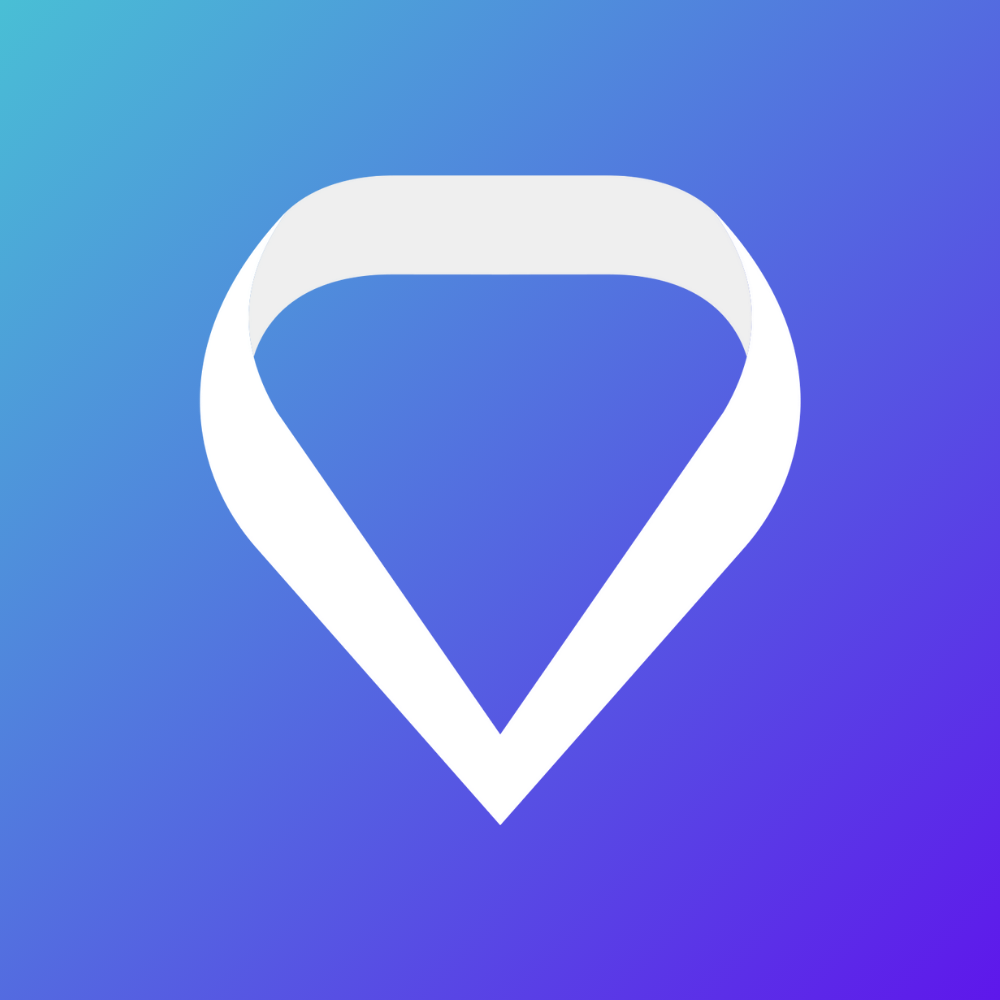How healthcare organizations are using innovative remote patient monitoring for heart conditions
Heart disease is the leading cause of death in the U.S., contributing to one in four deaths every day. Hypertension, also known as high blood pressure, is a major risk factor for heart disease and is one of the main predictors of a life-threatening health emergency.
However, patients typically face challenges with at-home self-monitoring for hypertension and other heart conditions. Even if they regularly monitor their blood pressure, long gaps between doctor’s appointments leave ample opportunity for a fatal health event before a doctor can intervene.
These facts demonstrate the critical need for real-time remote patient monitoring for heart disease, also known as heart telemonitoring. People with heart conditions can use their mobile devices to stay in constant contact with the care team that monitors their health.
Using Remote Patient Monitoring for Heart Patients
According to the American Heart Association (AHA), heart telemonitoring provides a holistic view of a patient’s health and gives the doctor a window into their patient’s health status over time. By contrast, traditional in-person appointments provide only periodic measurements and are less accurate at capturing the patient’s daily health reality.
The AHA describes the following benefits of remote patient monitoring for heart disease:
- Empowers patients to better manage their health
- Invites patients to participate in their own healthcare decisions
- Increases provider visibility into a patient’s adherence to treatment
- Enables timely intervention before a costly care episode
Health systems and its doctors can get the most out of telehealth by using a virtual monitoring solution that allows patients to send real-time data constantly, without interruptions in measurement. This fosters the best possible treatment decisions and invites patients into the data-gathering and decision-making process.
Plus, as the AMA notes in its official Guidance for Using Remote Patient Monitoring Technologies for Better Cardiovascular Disease Outcomes, the cost of healthcare has risen sharply in recent years. Remote monitoring offers patients a much-needed break from resource-intensive office visits, making it a more affordable and accessible option.
Incorporating Patient-Generated Health Data
Data about a patient’s health status is traditionally gathered through testing and assessment with a healthcare provider, in person. Telemonitoring adds a new dimension to this data, allowing the patient to generate their own health-related measurements anywhere, anytime.
A smartphone app turns any device into an at-home health measurement machine. Patients can upload information about their blood pressure, blood glucose, weight, temperature, and much more.
Providers can review and analyze this data using built-in tools that make the entire process easier, from the first examination to managing an ongoing treatment plan. Plus, patient care is further enriched through the availability of crucial information like the patient’s health history, biometric data, symptoms, and lifestyle factors.
The result is a richer, more comprehensive approach to treatment that holds particular benefits for patients with heart disease. New research, summarized below, shows positive outcomes from remote monitoring for common heart conditions.
The Positive Impact of Remote Monitoring for Heart Conditions
Although heart telehealth is a relatively new frontier in healthcare, it’s already showing favorable outcomes for heart patients. Patients with hypertension, heart failure, and atrial fibrillation have experienced significant benefits from remote monitoring.
Hypertension
More than 110 million U.S. adults have hypertension, with only about 25% in a controlled state through medical or lifestyle interventions. Research has shown the following benefits of remote monitoring for hypertension:
- Significant reduction in systolic and diastolic blood pressure compared to usual care and self-monitoring alone
- Positive impact on systolic blood pressure that increases when telemonitoring continues for the long term
Heart Failure
Heart failure is life-threatening for patients and costly for health care systems. It’s also projected to increase by 40% by 2035. However, remote patient monitoring has been shown to have the following positive impacts for patients with heart failure:
- Lower all-cause mortality rates
- Reduced heart failure-related hospital admissions
- Improvements in heart failure-related health outcomes
Atrial Fibrillation
Atrial fibrillation affects up to six million U.S. adults and is a risk factor for stroke, heart failure, and death. An early diagnosis of arrhythmia is associated with significantly better patient health outcomes.
- Recent clinical guidelines strongly recommend remote patient monitoring for atrial fibrillation detection in all patients, including stroke patients.
- Remote patient monitoring is also recommended in situations where it is the only option for patient follow-up in health systems with geographic and other barriers.
Saving Hearts and Lives Through Telehealth
Every day, remote heart monitoring is saving lives and helping people thrive. To learn more about the latest in lifesaving telemonitoring options for patients with heart disease, please schedule a demo with AMC Health.
AMC Health offers a full suite of virtual care monitoring services for seamless, real-time virtual healthcare that empowers people, maximizes resource management, and improves patient outcomes.
-1.jpg)
%20(1).png)


-2.jpg)

-2.jpg)